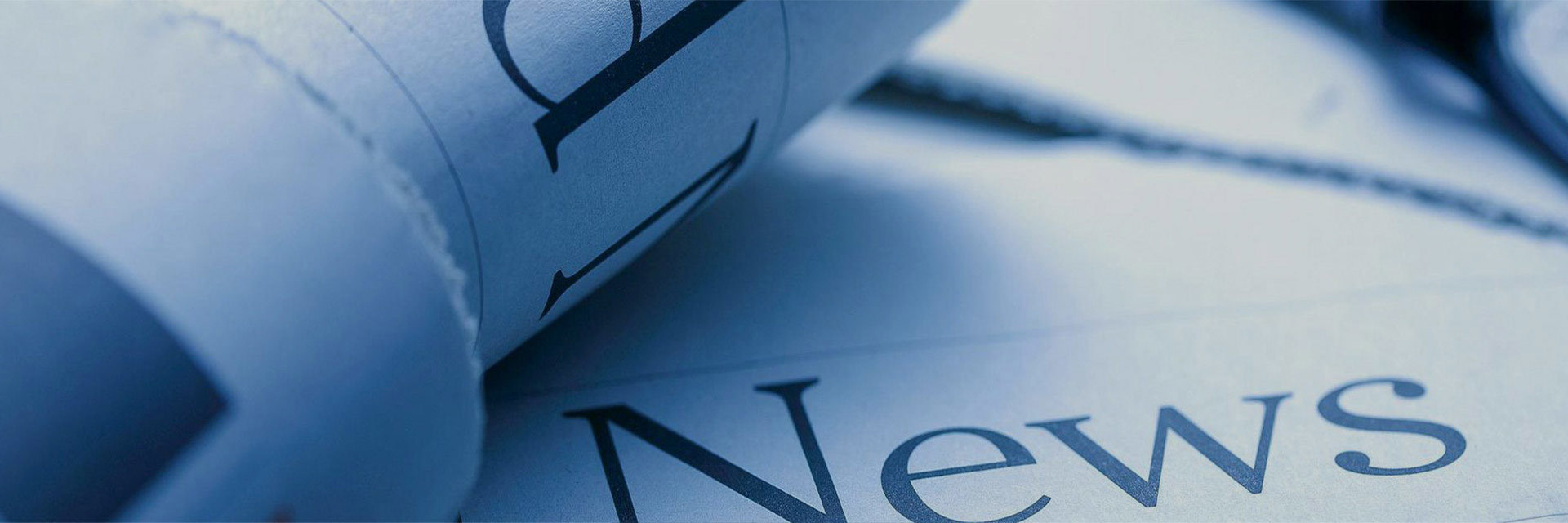Understanding Butyl Rubber Liners: A Comprehensive Guide
Release time:
2025-08-23
Butyl rubber liner is a specialized product derived from butyl rubber, known for its excellent impermeability and resistance to various environmental factors. This unique material has gained significant traction in several industries due to its distinctive properties, making it a preferred choice for applications that require durability and reliability. One of the key characteristics of butyl rub

Butyl rubber liner is a specialized product derived from butyl rubber, known for its excellent impermeability and resistance to various environmental factors. This unique material has gained significant traction in several industries due to its distinctive properties, making it a preferred choice for applications that require durability and reliability.
One of the key characteristics of butyl rubber is its low gas permeability. This quality makes it ideal for applications where air or gas retention is crucial, such as in the production of inner tubes for tires and various types of seals. Butyl rubber liners effectively prevent the escape of gases, reducing the risk of inflation loss in tires and enhancing their longevity.
Additionally, butyl rubber is resistant to many chemicals, including acids and alkalis, making it suitable for use in chemical containment applications. Industries dealing with hazardous materials often utilize butyl rubber liners to provide an additional layer of protection against spills and leaks. This feature is particularly beneficial in the chemical processing sector, where safety and compliance with environmental regulations are paramount.
The flexibility of butyl rubber also contributes to its versatility. It can be fabricated into various shapes and sizes, allowing for customized solutions in different applications. For instance, butyl rubber liners are commonly used in reservoirs, ponds, and other containment structures to prevent water loss and contamination. Their adaptability ensures that they can meet the specific needs of diverse projects, making them an essential asset in construction and environmental maintenance.
Another advantage of butyl rubber liners is their weather resistance. They can withstand extreme temperatures and are resistant to UV radiation, making them suitable for outdoor applications. This durability ensures that butyl rubber liners maintain their integrity over time, even when exposed to harsh environmental conditions.
When selecting a butyl rubber liner, it is essential to consider factors such as thickness, size, and compatibility with the intended application. Proper installation and maintenance are also crucial to maximize the lifespan and effectiveness of the liner. Regular inspections can help identify any potential issues early on, allowing for timely interventions that prevent costly repairs or replacements.
In conclusion, butyl rubber liners are a vital component in various industries due to their outstanding properties, versatility, and reliability. Understanding the benefits and applications of butyl rubber can empower professionals to make informed decisions and optimize their use in projects. Whether for construction, chemical containment, or other specialized applications, butyl rubber liners offer a robust solution that meets the demands of modern industry.
One of the key characteristics of butyl rubber is its low gas permeability. This quality makes it ideal for applications where air or gas retention is crucial, such as in the production of inner tubes for tires and various types of seals. Butyl rubber liners effectively prevent the escape of gases, reducing the risk of inflation loss in tires and enhancing their longevity.
Additionally, butyl rubber is resistant to many chemicals, including acids and alkalis, making it suitable for use in chemical containment applications. Industries dealing with hazardous materials often utilize butyl rubber liners to provide an additional layer of protection against spills and leaks. This feature is particularly beneficial in the chemical processing sector, where safety and compliance with environmental regulations are paramount.
The flexibility of butyl rubber also contributes to its versatility. It can be fabricated into various shapes and sizes, allowing for customized solutions in different applications. For instance, butyl rubber liners are commonly used in reservoirs, ponds, and other containment structures to prevent water loss and contamination. Their adaptability ensures that they can meet the specific needs of diverse projects, making them an essential asset in construction and environmental maintenance.
Another advantage of butyl rubber liners is their weather resistance. They can withstand extreme temperatures and are resistant to UV radiation, making them suitable for outdoor applications. This durability ensures that butyl rubber liners maintain their integrity over time, even when exposed to harsh environmental conditions.
When selecting a butyl rubber liner, it is essential to consider factors such as thickness, size, and compatibility with the intended application. Proper installation and maintenance are also crucial to maximize the lifespan and effectiveness of the liner. Regular inspections can help identify any potential issues early on, allowing for timely interventions that prevent costly repairs or replacements.
In conclusion, butyl rubber liners are a vital component in various industries due to their outstanding properties, versatility, and reliability. Understanding the benefits and applications of butyl rubber can empower professionals to make informed decisions and optimize their use in projects. Whether for construction, chemical containment, or other specialized applications, butyl rubber liners offer a robust solution that meets the demands of modern industry.
Key word:
butyl rubber liner
Recommended



